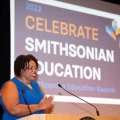“Together We Thrive” grants announced
Dr. Monique Chism, the Smithsonian’s Under Secretary for Education, has announced the awardees of the 2024 Together We Thrive Planning and Implementation grants.
The winning proposals were selected by an external panel of individuals whose expertise includes education policy, STEM education, rural and urban education, experiential learning, teacher engagement and training, arts integration, and civic engagement and social studies education. Together, these grants represent $2.7 million in funding for our Smithsonian educators and their partners.
Youth Leadership Team for the National Youth Summit, Year 1.1 and Year 2 (Youth Access Planning Grant)
National Museum of American History (Megan Linehan), Smithsonian Institution Traveling Exhibition Service | Smithsonian Affiliations (Aaron Glavas), Maureen Leary (National Postal Museum)
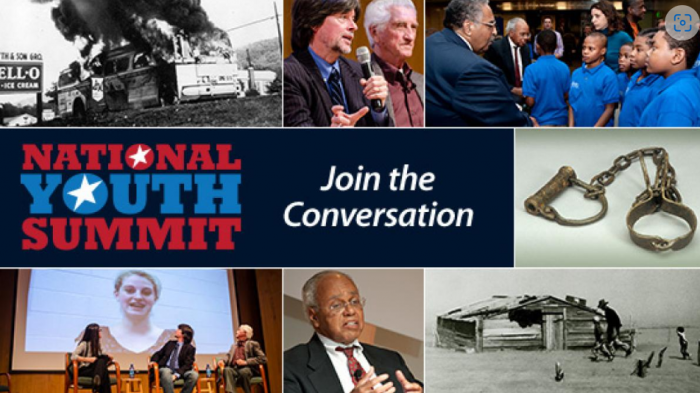
Courtesy National Museum of American History
The planning grant supports the expansion of the Youth Leadership Team internship program, aimed at enhancing teen advocacy and agency in the National Museum of American History’s National Youth Summit by centering youth voices in the planning and development of summit programming. The program expansion will include the design and implementation of high-quality digital strategies to engage and empower underserved youth, deepening their relationships with cultural institutions, and positioning them to go from participants to leaders within the Youth Leadership Team.
Bridging the Americas/Unidos por las Aves (Bezos Builders and Dreamers Planning Grant)
National Zoo and Conservation Biology Institute (Mary Deinlein), and Smithsonian Tropical Research Institute (Jimena Pitty)
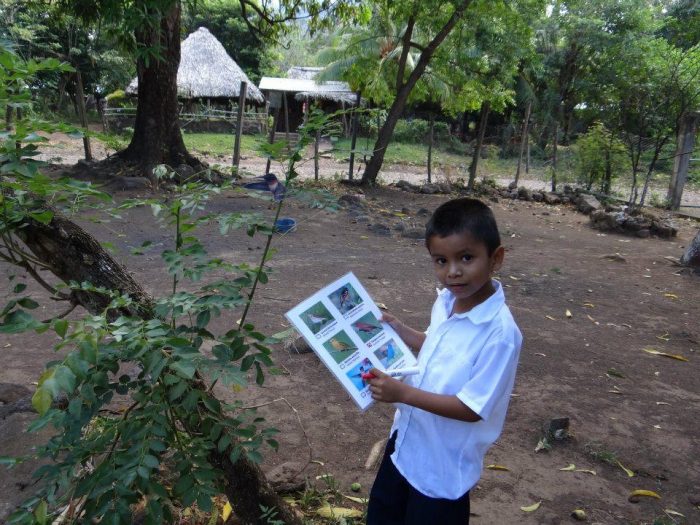
Courtesy Smithsonian Tropical Research Institute
The planning grant supports a continued collaboration between the National Zoo and Conservation Biology Institute and the Smithsonian Tropical Research Institute to develop a standards-based, interdisciplinary curriculum that uses migratory birds to connect students in under-resourced communities in Arlington County, Virginia and in the Panamá Oeste province of Panama with nature and one another’s cultures. The goals of this next phase are to refine the curriculum to better engage all learners, continue building collaborative relationships with teachers, strengthen prospects for sustainability and scaling, explore new collaborations, and contribute to the Smithsonian’s education resources.
Youth Innovation in Rural America (Youth Access Planning Grant)
Cooper Hewitt, Smithsonian Design Museum (Kim Robledo-Diga), and Smithsonian Institution Traveling Exhibition Service | Smithsonian Affiliations (Carol Harsh)
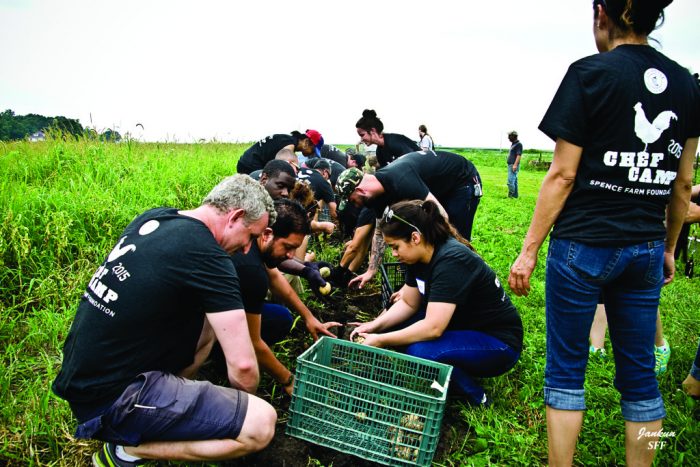
Courtesy Smithsonian Institution Traveling Exhibition Service
The planning grant supports the investigation of three approaches to scaling the Youth Innovation in Rural America program to ensure a sustainable model for partner communities and the Smithsonian. In its first two years—combining the Cooper Hewitt, Smithsonian Design Museum’s design literacy curriculum framework with the civic engagement expertise and network of the Museum on Main Street initiative of the Smithsonian Institution Traveling Exhibition Service | Smithsonian Affiliations—the Youth Innovation in Rural America program equipped middle and high school students and their teachers with tools and support to explore and implement innovative design responses to community challenges. To shape a model that broadens and deepens the program’s impact, the current planning effort will surface key lessons from the pilot years; identify tools, resources and support partners require to continue the program in their communities; define criteria for successful partnerships; and understand the Smithsonian’s role in maintaining long-term partnerships.
Striking a Chord: Integrating Smithsonian Arts Resources into the K-12 Curriculum (Youth Access Implementation Grant)
Marjorie Hunt, Center for Folklife and Cultural Heritage (CFCH); Jennifer Reifsteck, National Museum of Asian Art (NMAA)
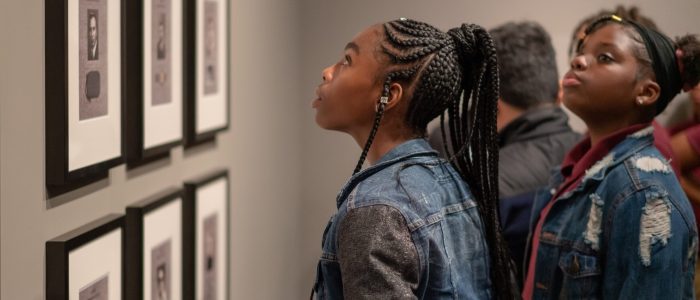
Courtesy National Museum of Asian Art
The implementation grant supports development of a project that will provide K-12 educators and students nationwide access to desperately needed integrated music and arts resources produced by trusted sources across the Smithsonian. Through intensive engagement with District of Columbia Public Schools, followed by collaborations with teachers in Kentucky, Louisiana, and Wyoming, Texas, and Nova Scotia, the project aims to: help teachers address local curricular needs, interests, and cultural value systems by using SI materials to create lessons that integrate the arts into general topics such as social studies or history; broaden the reach of these resources to target under-resourced schools, which are suffering the highest level of funding cuts for the arts; and optimize SI arts and culture education resources and make them universally easy to access and implement across the curriculum.
Field Trip: Developing Student Pathways through Authentic Museum-School Partnerships (Youth Access Implementation Grant)
Tiffany McGettigan, Hirshhorn Museum and Sculpture Garden (HMSG); Sahtiya Hosoda Hammell, National Portrait Gallery (NPG); Jacqueline Protka, Smithsonian Libraries and Archives (SLA)
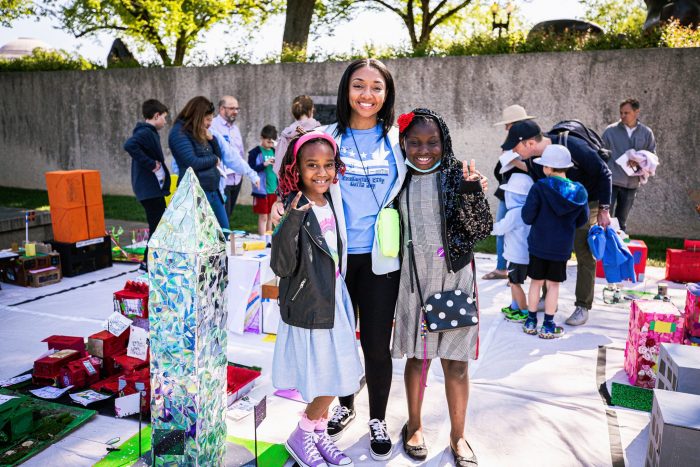
Courtesy Hirshhorn Museum and Sculpture Garden
The implementation grant supports the scaling of a museum-school partnership that has built a dynamic full-day mystery-based museum experience for DCPS middle school students infused with interdisciplinary classroom resources, real artwork, museum experts, and behind-the-scenes access. The program serves as many students’ first exposure to a museum or art museum. A cohort of five Teaching Fellows in Title I Schools will comprise a community of practice that receives intensive professional development prior to student field trips and ongoing supports throughout the year. The program aims to provide students with a transformative learning experience that connects the arts, literacy, and history; digital and creative skills; information literacy skills; and an introduction to HMSG and NPG teen programs focused on career development. The program aims to help teachers increase their awareness of Smithsonian education resources and their ability to integrate arts and cultural experiences into the classroom.
Get a Head Start with the Smithsonian (Bezos Builders and Dreamers Implementation Grant)
Emily Porter, National Zoo and Conservation Biology Institute (NZCBI); Julia Smith, Smithsonian Early Enrichment Center (SEEC); Katie Derloshon, National Museum of Natural History (NMNH); Eden Cho, National Museum of American History (NMAH); Beth Evans, National Portrait Gallery (NPG); Maureen Leary, National Postal Museum (NPM); Smithsonian Early Learning Collaborative
The implementation grant supports Get a Head Start with the Smithsonian in its continuing effort to translate the national conversation around equitable, universal Pre-K into direct action by connecting Head Start programs with the Smithsonian’s unique collections, educational resources and expertise. To broaden access to high-quality early learning resources and experiences for all children, regardless of classroom location or budget, the program will: expand Smithsonian participation in the program to include more Smithsonian units or centers; connect Head Start students and teachers to Smithsonian content, experts, and experiences; support more Head Start teachers in improving their practice by creating and sharing relevant, accessible professional development content; evaluate awareness of the program within the Head Start community; and increase sustained, equitable access to learning experiences by stabilizing relations with the National Head Start Association and connecting more Head Start students, teachers, staff and family with Smithsonian resources.
Breathing Easier: Supporting Teen Air Quality Investigations With TEMPO Data (BEST AQI) (Bezos Builders and Dreamers Implementation Grant)
Erika Wright, Smithsonian Astrophysical Observatory (SAO); Alison Cawood and Anna Davis, Smithsonian Environmental Research Center (SERC)
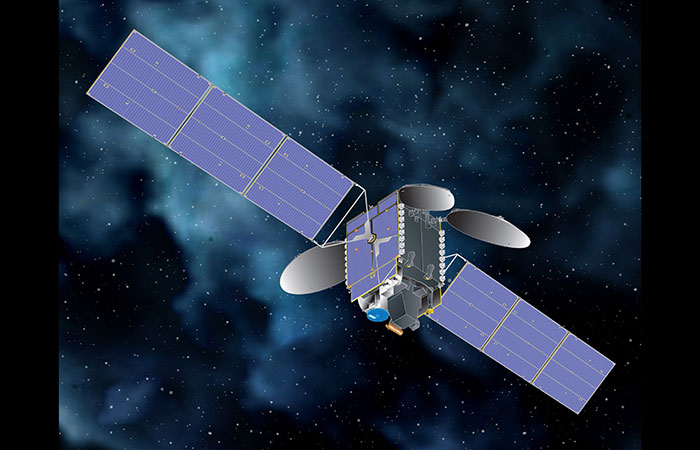
TEMPO concept art, courtesy NASA.
The implementation grant supports the scaling of the Breathing Easier program to expand access to authentic youth-led air quality investigations. The Smithsonian-led Tropospheric Emissions: Monitoring of Pollution (TEMPO) instrument is a geostationary satellite instrument that monitors air pollutants hourly over North America, providing communities across the country a unique opportunity to better understand their local air quality. Building on lessons learned from pilot program activities, this project brings together the Smithsonian Astrophysical Observatory (SAO) and the Smithsonian Environmental Research Center (SERC), in collaboration with advisors, partners, and teacher affiliates, to develop: a TEMPO data tool that enables teens to ask and answer their own questions about their communities’ air quality; a BEST AQI Implementation Toolkit with customizable, interdisciplinary pathways for youth-led investigations and guides to support youth-designed action projects; professional development modules; and knowledge for future scale up and sustainability of a national network of BEST AQI PD providers.
About Together We Thrive
Research shows that with the right supports, all children can learn and thrive. Building on the Smithsonian’s respected reputation as a trusted resource, Smithsonian educators working Together with educators across the nation can help students and ultimately our nation Thrive. Through the creation of the “Together We Thrive” initiative, OUSE is excited to support Smithsonian educators’ pan-institutional efforts to reach educators, students, and families in our unique Smithsonian Institution spaces and in classrooms across the nation.
The Together We Thrive Grant Initiative is funded through an endowment from the Bill and Melinda Gates Foundation and from a gift from Jeff Bezos to the National Air and Space Museum.
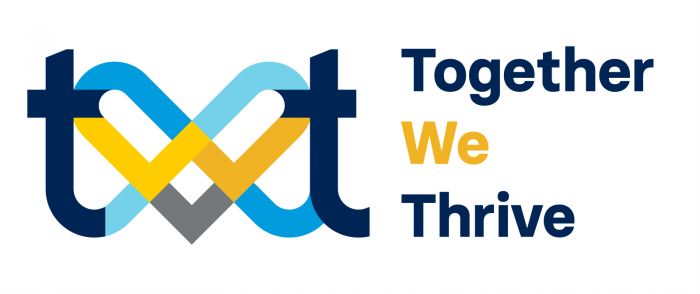
Posted: 15 July 2024
-
Categories:
Kudos , News & Announcements , Under Secretary for Education
